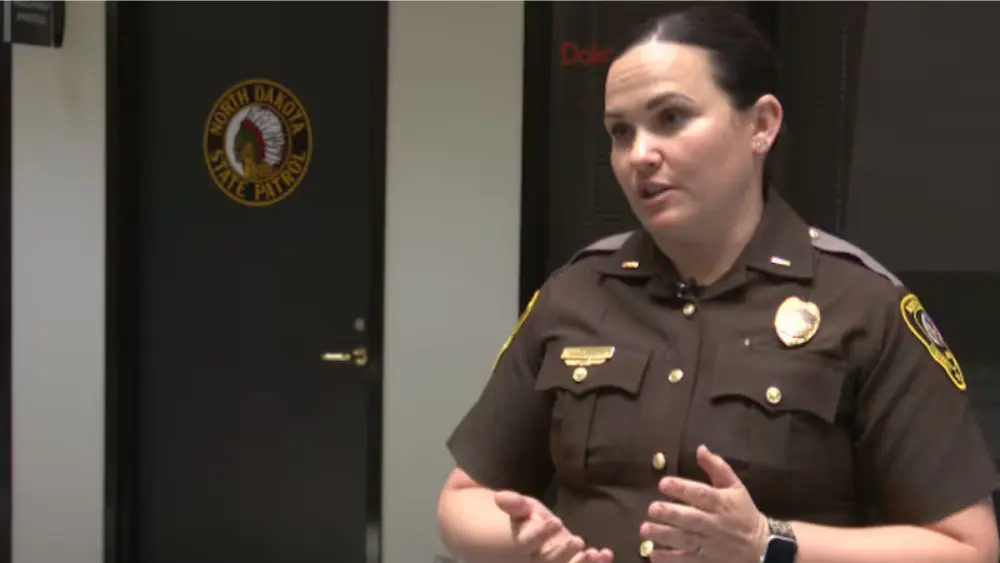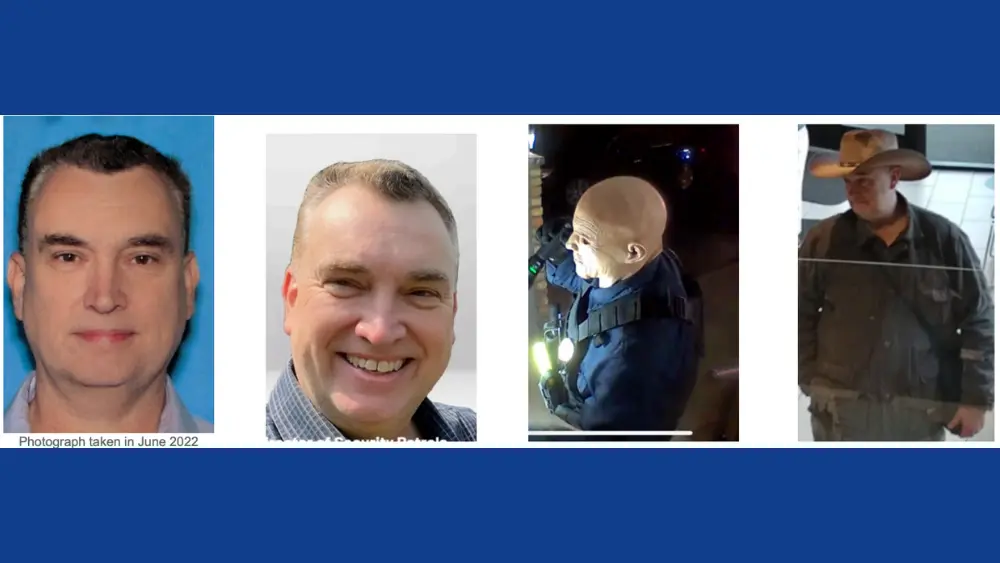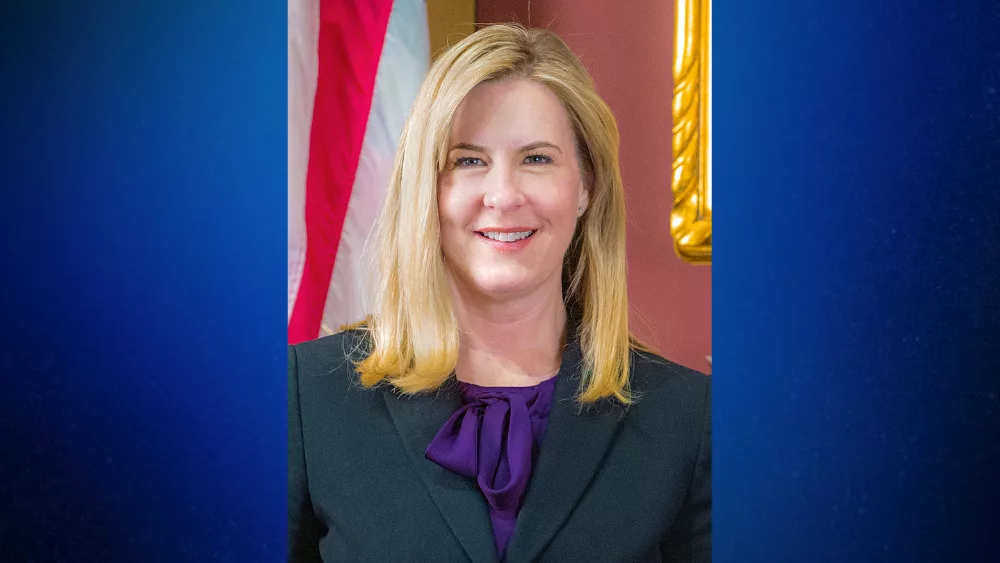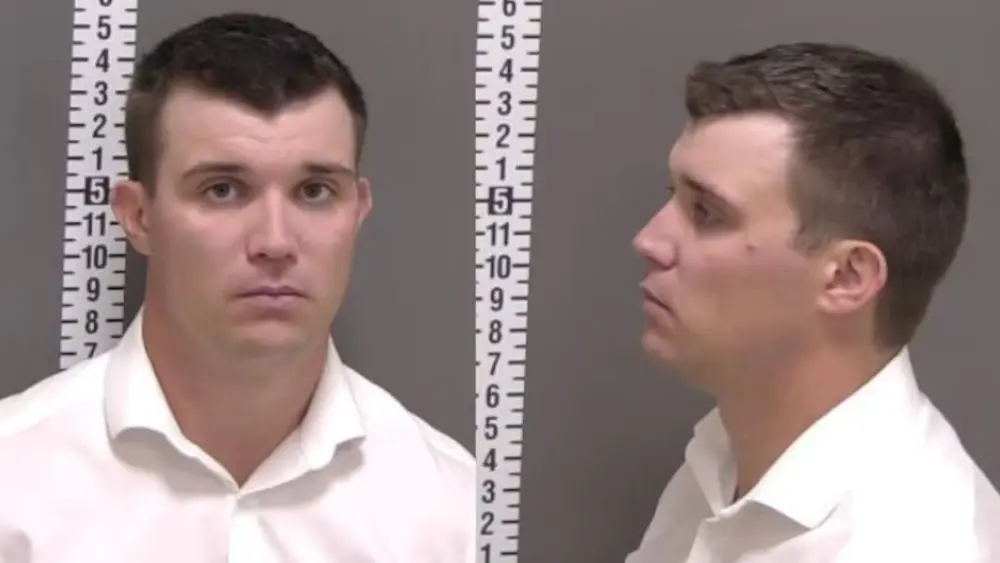By Elizabeth Shores
BISMARCK, N.D. (KFYR via Valley News Live) – You’ve likely received an Amber Alert on your phone in the past telling you a minor was missing.
Silver Alerts are issued for missing senior citizens, and Blue Alerts are used when suspects who have injured a law enforcement officer are at large. Starting Aug. 1, two new alerts will be added to that list.
Emergency response teams issue Amber Alerts when someone 17 or younger goes missing. However, if you’re between the ages of 18 and 65, that kind of alert isn’t an option for you. There also isn’t an alert when indigenous people are missing, even though that community experiences a disproportionately high rate of missing persons cases.
The Missing, Endangered Persons Alert and the Feather Alert are being created to address those needs.
“A lot of times, we’ve seen cases where it’s taken a little too long, and a lot of times, it’s jurisdictional issues, where we’re trying to figure out who should take the lead on certain cases based on the federal response, state response and tribal response,” said Brad Hawk, executive director of the North Dakota Indian Affairs Commission.
Lt. Jenna Clawson Huibregtse with the North Dakota Highway Patrol said the new alerts will help mitigate that problem.
“In the last 20 years, names like Dru Sjodin, Olivia Lone Bear, Sherry Arnold, Savanna LaFontaine-Greywind and more who were abducted, and there was not an alert type that they qualified for where we could blast out onto everybody’s phone that they were missing and their lives were in danger.
This new alert type—the Missing, Endangered Persons Alert and the Feather Alert—both have that built into it,” Clawson Huibregtse said.
She emphasized that neither will be sent to people’s phones unless it’s an abduction case.
She said even though most of the people who go missing in North Dakota are found, if law enforcement sent a push alert every time someone went missing, people would receive around 10 alerts a day.
But there are other tools they can use to notify the public of missing people.
“If somebody is missing and we think their life is in danger, we’re also able to activate a bunch of other platforms, except for that cell phone blast. It’ll be things like road signs, websites, social media and utilizing the weather and the lottery service to get the word out to people,” Clawson Huibregtse said.
Hawk said state police and tribal law enforcement have often worked together to handle missing Indigenous people cases, and said that will still be the case.
The hope is that the new alerts will lead to quicker response times and more lives saved.





